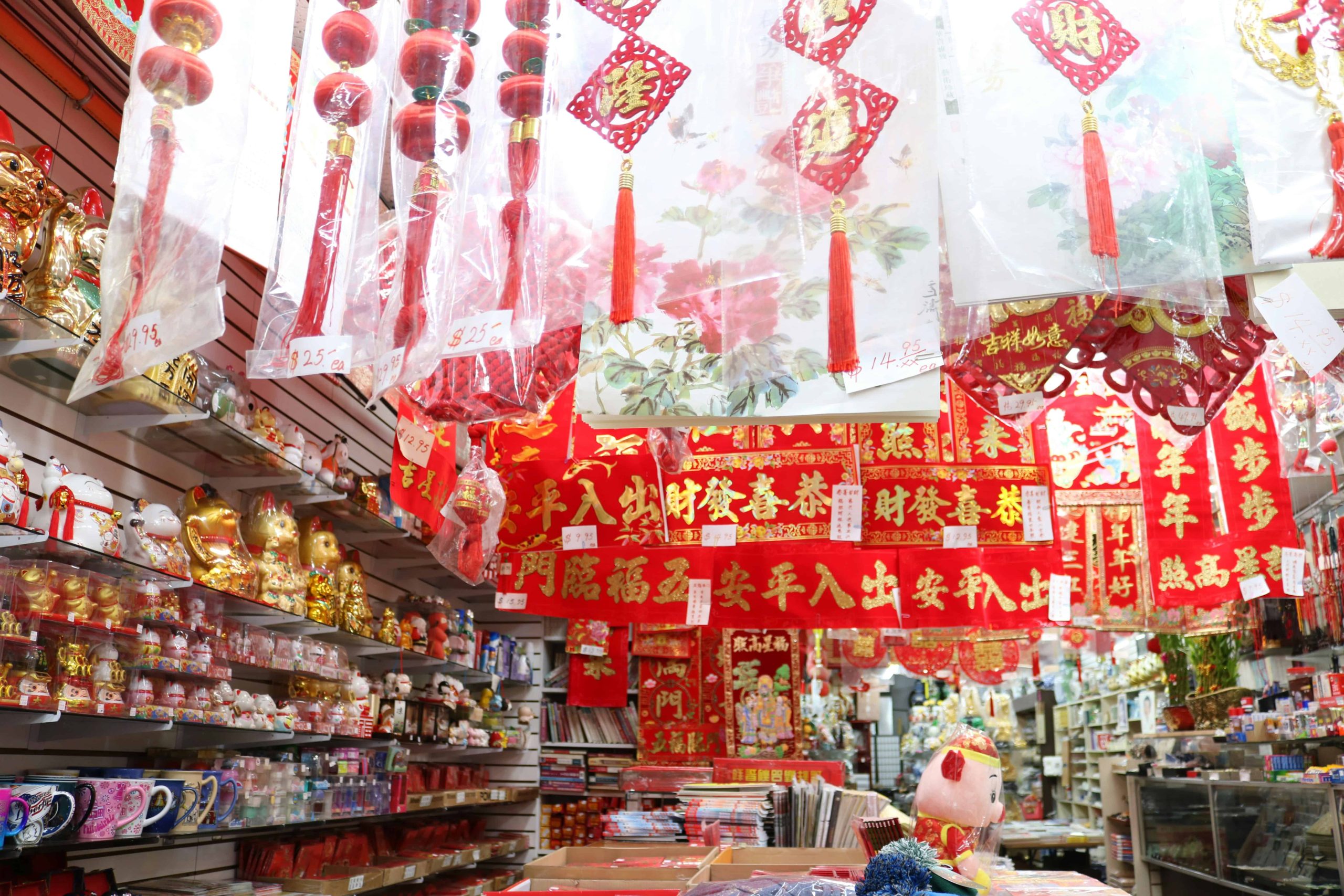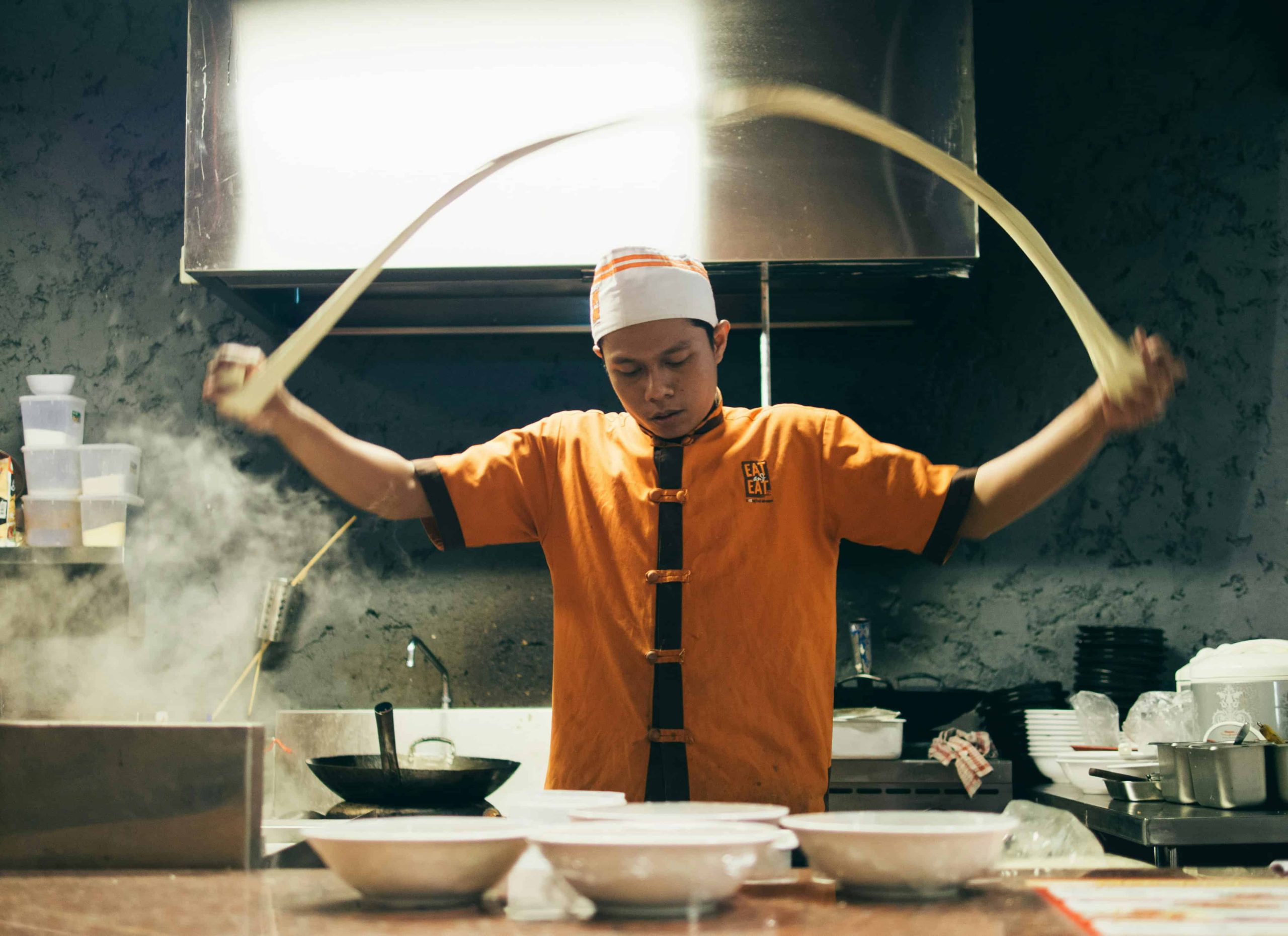Betina Lobo – Redefining Portuguese Poetry

The Cultural Meaning Behind Chinese New Year Foods in 2025
Traditional Foods for Chinese New Year and Their Symbolism
Chinese New Year, also known as the Lunar New Year, is one of the most celebrated festivals across the globe. Marking the transition between zodiac signs, it is a time for family reunions, honoring ancestors, and welcoming the promise of a prosperous new year. Central to these festivities is the culinary tradition—where every dish is a deliberate choice, imbued with symbolism and cultural significance. This article explores the history, symbolism, and meaning behind traditional Chinese New Year dishes that continue to hold a revered place on the holiday table.
Dumplings (Jiaozi): Symbols of Wealth and Longevity
The Origin and History of Dumplings
Dumplings have a rich history that dates back to the Eastern Han Dynasty (25–220 CE). Zhang Zhongjing, a famed physician, crafted dumplings filled with lamb, chili, and herbs to treat frostbite in villagers. These early versions, known as “tender ears,” laid the foundation for the dumplings we enjoy today. Over centuries, their popularity spread, becoming a staple in celebrations and festivals.
Symbolism of Dumplings
The symbolism of dumplings is deeply rooted in their resemblance to ancient gold or silver ingots—oval-shaped currency used in imperial China. This connection makes them a representation of wealth and prosperity. Their feelings also carry auspicious meanings:
- Cabbage and mushrooms: Prosperity and fortune.
- Ground pork and chives: Health and strength.
- Shrimp: A wish for happiness and vitality.
Some families even hide a coin inside one dumpling. The person who finds it is believed to have exceptional luck in the coming year.
Cultural Significance
Dumpling-making is an intergenerational activity, fostering unity as family members gather to fold and fill them together. This process emphasizes teamwork, collaboration, and shared joy. Serving dumplings at midnight symbolizes a fresh start, with wishes for good fortune to follow.
Fish (Yu): A Wish for Abundance and Prosperity
Why Fish Holds a Special Place in Chinese Culture
Fish, known as yu, has been a vital part of Chinese diets for millennia due to its availability and versatility. In the Chinese language, the word for fish sounds like “surplus” or “abundance,” reinforcing the cultural belief that having extra resources year after year ensures continuous prosperity.
Symbolism of Fish Dishes
Fish dishes are meticulously prepared for the New Year feast:
- Whole fish: The head and tail are left intact, symbolizing the start and end of the year, with hopes for completeness in all endeavors.
- Steamed fish: Often served plain or with light soy sauce and scallions, it represents purity and simplicity.
- Crispy fish: Fried fish represents boldness and strength, important qualities for overcoming challenges.
Cultural Traditions
Eating fish involves specific customs. For example, families often save a portion of the fish for the next day, symbolizing that abundance will carry over into the year ahead. Serving the fish whole reflects the importance of family unity and maintaining bonds from generation to generation.
Rice Cakes (Nian Gao): Rising Fortune and Sweet Success
Types of Rice Cakes
Rice cakes, or nian gao, come in many variations depending on the region:
- Southern China: Sweet glutinous rice cakes with red bean filling or brown sugar.
- Northern China: Savory versions, often steamed or stir-fried with vegetables.
- Modern adaptations: Include colorful, multilayered rice cakes that cater to evolving tastes while maintaining tradition.
The Symbolism of Nian Gao
The pronunciation of nian gao mirrors “higher year” in Chinese, which signifies progression and elevation—whether in career, education, or personal growth. The sticky texture of rice cakes also symbolizes familial closeness and sticking together through thick and thin.
Cultural Significance
Nian gao is not just a treat but also a ceremonial offering. It is placed on family altars to honor ancestors and deities, ensuring blessings for the year ahead. Preparing nian gao is an act of devotion and serves as a bridge between the past and the future.
Other Significant Dishes
Long Noodles: Longevity
Known as cháng shòu miàn, long noodles are a beloved dish, symbolizing an uninterrupted and prosperous life. Care is taken to avoid breaking the noodles during preparation or consumption, emphasizing their association with longevity.
Spring Rolls: Wealth and Prosperity
Golden and crispy, spring rolls resemble gold bars, making them a culinary representation of wealth and financial success. They are often filled with savory combinations of cabbage, mushrooms, and pork, creating a deliciously symbolic treat.
Sweet Treats: Good Luck and Happiness
Traditional sweet snacks include:
- Sesame balls: Their round shape represents wholeness and unity.
- Candied fruits: These are part of the “tray of togetherness,” symbolizing sweet relationships and fruitful endeavors.
Regional variations in desserts, such as almond cookies or red bean pastries, add a layer of diversity to the festive table while reinforcing shared values.
The Role of Food in Chinese New Year Traditions
Food during Chinese New Year is more than sustenance—it is a storytelling medium that connects generations. Each dish carries preserved meaning, often inspiring linguistic puns, cultural values, and ancestral wisdom. Preparing, sharing, and enjoying these dishes strengthen family bonds, preserve heritage, and inspire hope for a prosperous year.
Recent Posts
Categories
Archives
Conclusion
Chinese New Year dishes transcend mere culinary delight—they are imbued with centuries-old traditions, symbolic meanings, and familial love. From the golden dumplings symbolizing wealth to the sweet rice cakes heralding progress, each dish contributes to the richness of this celebration. These foods not only nourish the body but also fortify the spirit, reinforcing values of unity, gratitude, and abundance.
As families around the world gather to honor this cherished tradition, the vibrant flavors and profound meanings behind these dishes continue to resonate, ensuring that the legacy of Chinese New Year remains vibrant for generations to come. Celebrate this season with the richness of tradition, and let every bite carry the promise of joy, prosperity, and togetherness!
Key Takeaways
- Dumplings (Jiaozi)
- Represent wealth and prosperity, inspired by their resemblance to ancient gold ingots.
- Fillings hold symbolic meanings (e.g., shrimp for vitality, cabbage for fortune).
- Making dumplings is a family bonding tradition, symbolizing unity.
- Fish (Yu)
- The word “fish” sounds like “abundance” in Chinese, symbolizing prosperity.
- Specific customs, like leaving fish whole, reflect wishes for family unity and continuity.
- Rice Cakes (Nian Gao)
- Signify progression and elevation, with their name meaning “higher year.”
- Their sticky texture symbolizes family togetherness and resilience.
- Other Symbolic Dishes
- Long noodles: Symbolize longevity; unbroken noodles are crucial during preparation.
- Spring rolls: Resemble gold bars, representing wealth and success.
- Sweet treats: Sesame balls and candied fruits promote happiness and good relationships.
- Cultural and Familial Importance
- Chinese New Year foods are a storytelling medium, preserving heritage and ancestral wisdom.
- Culinary traditions strengthen family bonds and convey hope for the future.
- Broader Significance
- These dishes transcend their culinary role, embodying values of unity, gratitude, and abundance, ensuring the
- The legacy of Chinese New Year remains vibrant across generations.
Frequently Asked Questions
What is the cultural significance of dumplings during Chinese New Year?
Dumplings symbolize wealth and prosperity due to their resemblance to ancient ingots. The fillings hold additional meanings, such as health, fortune, and happiness. Making dumplings fosters family unity, and serving them at midnight marks a fresh start for the new year.
Why is fish an important dish in Chinese New Year celebrations?
Fish represents abundance and prosperity because the word for fish, “yu,” sounds like “surplus” in Chinese. Customs include serving whole fish to symbolize completeness and saving leftovers to ensure continued abundance throughout the year.
What makes rice cakes (nian gao) a special Chinese New Year food?
Rice cakes signify progress and elevation due to their name sounding like “higher year.” Their sticky texture symbolizes familial closeness. They also serve as offerings to honor ancestors, blending tradition with hopes for success and unity in the coming year.
Quick Links
Newsletter
Be the first to know about upcoming events, promotions, and industry news by subscribing to our newsletter today!


